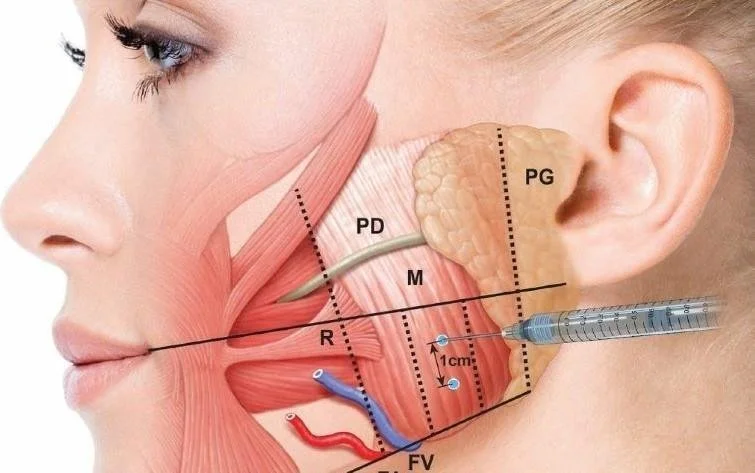Understanding TMJ Disorder
Temporomandibular joint (TMJ) disorder affects the joint connecting the jaw to the skull, leading to pain, discomfort, and difficulty in jaw movement. Symptoms can include jaw pain, headaches, earaches, and a clicking or popping sound when moving the jaw. While various treatment options exist, Botox has emerged as a popular choice for managing TMJ disorder symptoms.
What is Botox?
Botox, or botulinum toxin, is a neurotoxic protein that temporarily paralyzes muscle activity. Initially used for cosmetic purposes to reduce wrinkles, Botox has proven effective in treating various medical conditions, including TMJ disorder. By injecting Botox into the muscles responsible for jaw movement, it can help alleviate tension and discomfort.
How Does Botox Help TMJ Disorder?
Muscle Relaxation: Botox injections can relax the overactive muscles around the jaw, reducing tension and spasms that contribute to TMJ pain.
Pain Relief: Many patients report a significant decrease in pain and discomfort following Botox treatment. The neurotoxic effect helps block pain signals from reaching the brain.
Improved Jaw Function: By relaxing the muscles, Botox can enhance jaw mobility and make it easier to open the mouth, chew, and speak without discomfort.
Reduction in Teeth Grinding: For those who grind their teeth (a common symptom of TMJ disorder), Botox can help minimize this habit, reducing the risk of further dental issues.
Long-Lasting Effects: While the results aren’t permanent, many patients experience relief for several months, making it a valuable option for ongoing management of TMJ symptoms.
What to Expect During Treatment
The Botox treatment process for TMJ disorder is relatively straightforward:
Consultation: A thorough evaluation by a healthcare professional will determine if Botox is appropriate for your condition. They will discuss your symptoms and medical history.
Injection: The procedure typically takes about 10-20 minutes. Botox is injected into specific muscles around the jaw, often in areas like the masseter and temporalis muscles.
Recovery: There’s minimal downtime associated with the procedure. Patients can generally return to their normal activities immediately after treatment.
Potential Side Effects
While Botox is generally safe, some individuals may experience minor side effects, including:
Bruising at the injection site
Temporary muscle weakness
Headaches
These side effects are usually mild and resolve quickly. It’s essential to discuss any concerns with your healthcare provider during the consultation.
Is Botox Right for You?
If you’re struggling with TMJ disorder and traditional treatments haven’t provided relief, Botox may be worth considering. It’s essential to work with a qualified healthcare professional experienced in administering Botox for TMJ treatment.
Conclusion
Botox offers a promising solution for individuals suffering from TMJ disorder. By alleviating muscle tension and reducing pain, it can significantly improve quality of life for many patients. If you’re interested in exploring this treatment option, contact us today to schedule a consultation and learn more about how Botox can help manage your TMJ symptoms.
For inquiries or to schedule an appointment, please reach out to us at 9558 8988 or email us at info@painfreedentistsydney.com.au.
You can also enjoy hassle-free booking directly through our website!
We invite you to visit our clinic at Shop G01A, 570 New Canterbury Road, Hurlstone Park, NSW 2193. We look forward to welcoming you!
